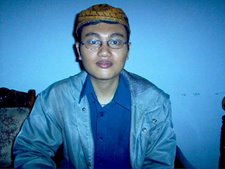Situated Learning Theory, developed by Jean Lave and Étienne Wenger in the early 1990s, emphasizes that learning is inherently social and occurs best in authentic contexts where learners engage in real-world activities. The theory suggests that knowledge is situated—meaning it is deeply tied to the context, culture, and social interactions in which it is learned.
Key Concepts of Situated Learning Theory
-
Learning as Participation
- Learning is not just acquiring information but becoming a participant in a community of practice.
- Newcomers (learners) start at the periphery and gradually move toward full participation through engagement in meaningful activities.
-
Legitimate Peripheral Participation (LPP)
- Beginners learn by participating in real tasks alongside more experienced members.
- Over time, they take on more responsibility and move toward expertise.
-
Communities of Practice (CoP)
- Groups of people who share a passion or interest in something and learn through collaboration.
- Examples: Teachers sharing best practices, programmers in open-source communities, or apprentices learning from skilled workers.
-
Contextualized Learning
- Knowledge is best acquired and applied in the same context where it will be used.
- Real-world settings, apprenticeships, and problem-based learning align with this principle.
-
Cognitive Apprenticeship
- Mentors guide learners by modeling skills, coaching, and allowing them to practice in authentic settings.
- Example: A student-teacher working under an experienced educator.
Applications in Education
- Project-Based Learning (PBL) – Engaging students in solving real-world problems.
- Internships & Apprenticeships – Learning by working alongside professionals.
- Collaborative Learning – Encouraging group work and peer interactions.
- Role-Playing & Simulations – Providing authentic experiences within a controlled environment.
Relevance to Your Research
Since your research focuses on core competencies needed in an AI era for future elementary school teachers in Indonesia, Situated Learning Theory could be useful in shaping teacher training programs. Future teachers may benefit from:
- Real-world AI-integrated teaching experiences through classroom simulations.
- Communities of Practice where they collaborate with experienced educators using AI tools.
- Mentorship and cognitive apprenticeship to bridge the gap between theory and practice.







No comments:
Post a Comment